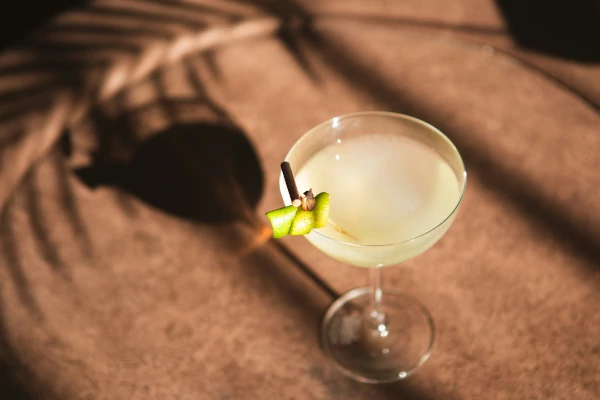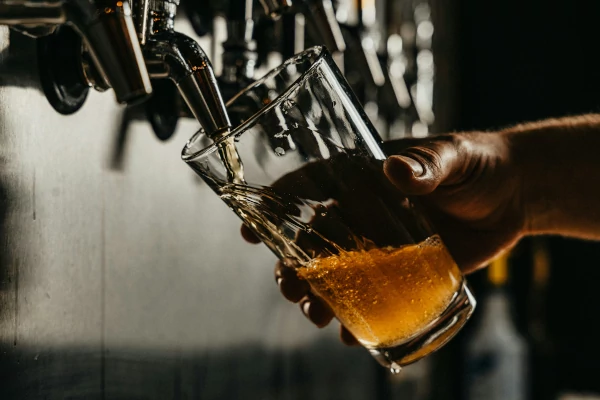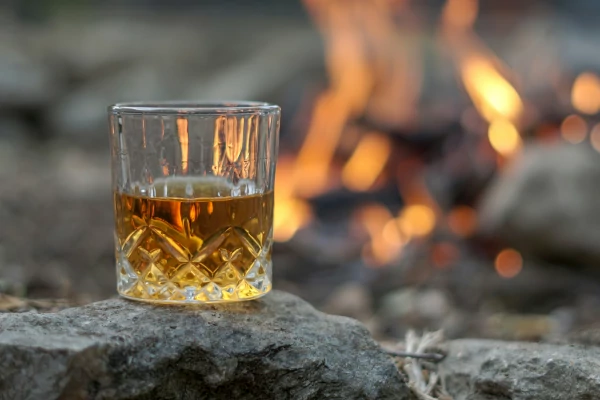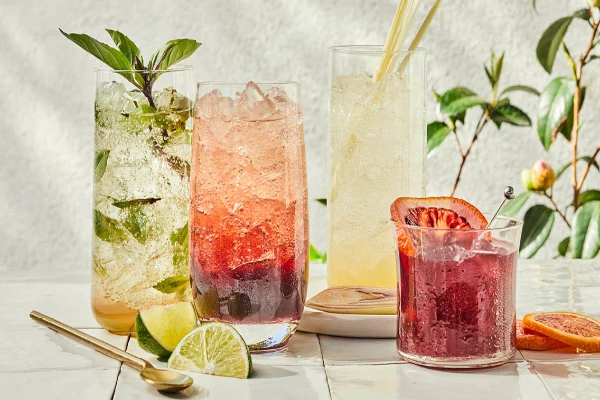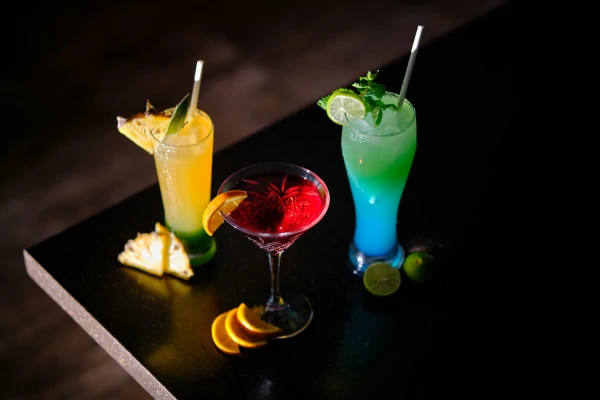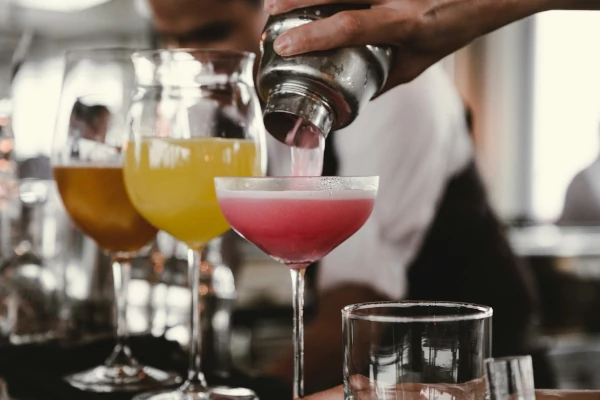The World of Bitters: A Comprehensive Guide to This Essential Cocktail Ingredient
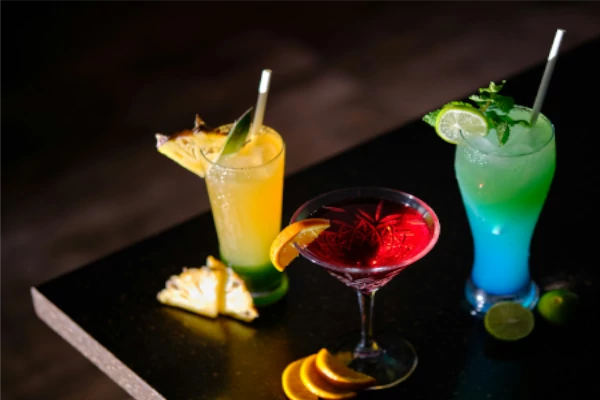
Bitters are essential cocktail ingredients that add depth and complexity with just a dash. Their rich history and diverse varieties—like Angostura, Peychaud’s, and orange bitters—transform and balance flavors in classic and contemporary drinks.
Bitters are one of the most enigmatic and essential ingredients in the world of cocktails. Though they often appear as a mere splash or dash in a recipe, their impact on the flavor profile of a drink is profound. This article will delve into the fascinating history of bitters, explore the various types available today, and offer guidance on how to use them to elevate your cocktail game.
It is advisable to have alcohol/liquor drinking license in Maharashtra. You can apply online for alcohol/liquor drinking liquor license here : Click Here to Apply Now
The History of Bitters
Bitters have a rich history that dates back centuries, with their origins often linked to medicinal uses. Early forms of bitters were created by apothecaries and physicians, who combined herbs, spices, and alcohol to create tinctures believed to aid digestion and overall health. The practice of creating bitters for medicinal purposes was prevalent in ancient civilizations, including the Egyptians and Greeks.
The modern era of bitters began in the 19th century, with the development of iconic brands such as Angostura Bitters. Named after the town of Angostura in Venezuela, this brand was created by Dr. Johann Siegert, who was looking to treat digestive ailments. Angostura Bitters gained popularity as a cocktail ingredient, and its distinctive flavor became a staple in bars around the world.
Varieties of Bitters
Today, bitters come in a myriad of varieties, each with its unique flavor profile and usage. Here’s a closer look at some of the most popular types:
1. Angostura Bitters
Flavor Profile: Aromatic and spicy with notes of clove, cinnamon, and cardamom.
Uses: Essential in classic cocktails like the Old Fashioned and Manhattan. Its complex flavors enhance the depth and balance of many mixed drinks.
2. Peychaud’s Bitters
Flavor Profile: Light and floral with hints of anise and cherry.
Uses: Known for its role in the classic Sazerac cocktail, it adds a subtle sweetness and aromatic complexity.
3. Orange Bitters
Flavor Profile: Bright and zesty with pronounced citrus notes.
Uses: Ideal for cocktails that benefit from a citrusy edge, such as the Martini or the Negroni. It complements gin and vodka-based drinks beautifully.
4. Fee Brothers Bitters
Flavor Profile: Fee Brothers offers a variety of bitters, including aromatic, orange, and specialty flavors like cherry and lavender.
Uses: Versatile for experimenting with different flavor profiles in cocktails. Each variety can bring a unique twist to classic recipes.
5. Scrappy’s Bitters
Flavor Profile: Known for their artisanal approach, Scrappy’s offers flavors like lavender, celery, and chocolate.
Uses: Perfect for modern cocktail creation and adding nuanced flavors to both classic and innovative drinks.
6. The Bitter Truth Bitters
Flavor Profile: Offers a range of bitters, including aromatic, orange, and specialized varieties like Xocolatl Mole.
Uses: Great for enhancing cocktails with exotic and complex flavors. The Xocolatl Mole, for example, is excellent in cocktails that feature chocolate or coffee.
How to Use Bitters in Cocktails
Bitters are typically used in small amounts, but their influence on the flavor of a cocktail is substantial. Here’s how to effectively use bitters in your cocktail creations:
1. Balance Flavors
Bitters can help balance the sweetness of a cocktail by adding a contrasting bitter note. For example, a dash of Angostura Bitters can cut through the sweetness of a sugary cocktail and add depth.
2. Enhance Complexity
The aromatic qualities of bitters contribute to the overall complexity of a drink. Experiment with different types to find the one that complements the other ingredients. For example, Peychaud’s Bitters add an intriguing layer of flavor to a Sazerac.
3. Add Subtle Notes
Sometimes, bitters are used to impart a subtle hint of flavor that enhances the overall drink without overpowering it. Orange Bitters can add a bright citrus note to a classic Martini, while chocolate bitters can add depth to a Manhattan.
4. Use in Classic Recipes
Many classic cocktails have been perfected with the use of bitters. Understanding the traditional recipes and their bitters components can help you appreciate their role in cocktail history. Classic examples include the Old Fashioned, Manhattan, and Negroni.
5. Experiment and Innovate
Don’t be afraid to experiment with different bitters to create your unique cocktail recipes. Bitters like lavender or cherry can add unexpected and delightful flavors to your drinks.
Crafting Cocktails with Bitters
Here are a few classic cocktails to get you started with bitters:
1.Old Fashioned
Ingredients: Bourbon, sugar cube, Angostura Bitters, orange twist
Instructions: Muddle the sugar and bitters in a glass. Add bourbon and ice, stir, and garnish with an orange twist.
2. Manhattan
Ingredients: Rye whiskey, sweet vermouth, Angostura Bitters, cherry
Instructions: Stir the whiskey, vermouth, and bitters with ice. Strain into a glass and garnish with a cherry.
3. Sazerac
Ingredients: Rye whiskey, Peychaud’s Bitters, Angostura Bitters, sugar cube, absinthe, lemon twist
Instructions: Muddle sugar and bitters, add whiskey and ice, and stir. Rinse a glass with absinthe, discard the excess, and pour the whiskey mixture. Garnish with a lemon twist.
Conclusion
Bitters are a crucial component of many classic and modern cocktails, offering complexity, balance, and a unique touch to drinks. With a rich history and an extensive range of flavors, bitters can transform a simple cocktail into a sophisticated experience. Whether you’re a seasoned mixologist or a home bartender, understanding and experimenting with bitters can elevate your cocktail creations and enhance your enjoyment of this versatile ingredient. Cheers to exploring the world of bitters and discovering new dimensions in your cocktails!
How to get drinking liquor license : Click Here to Apply Now
